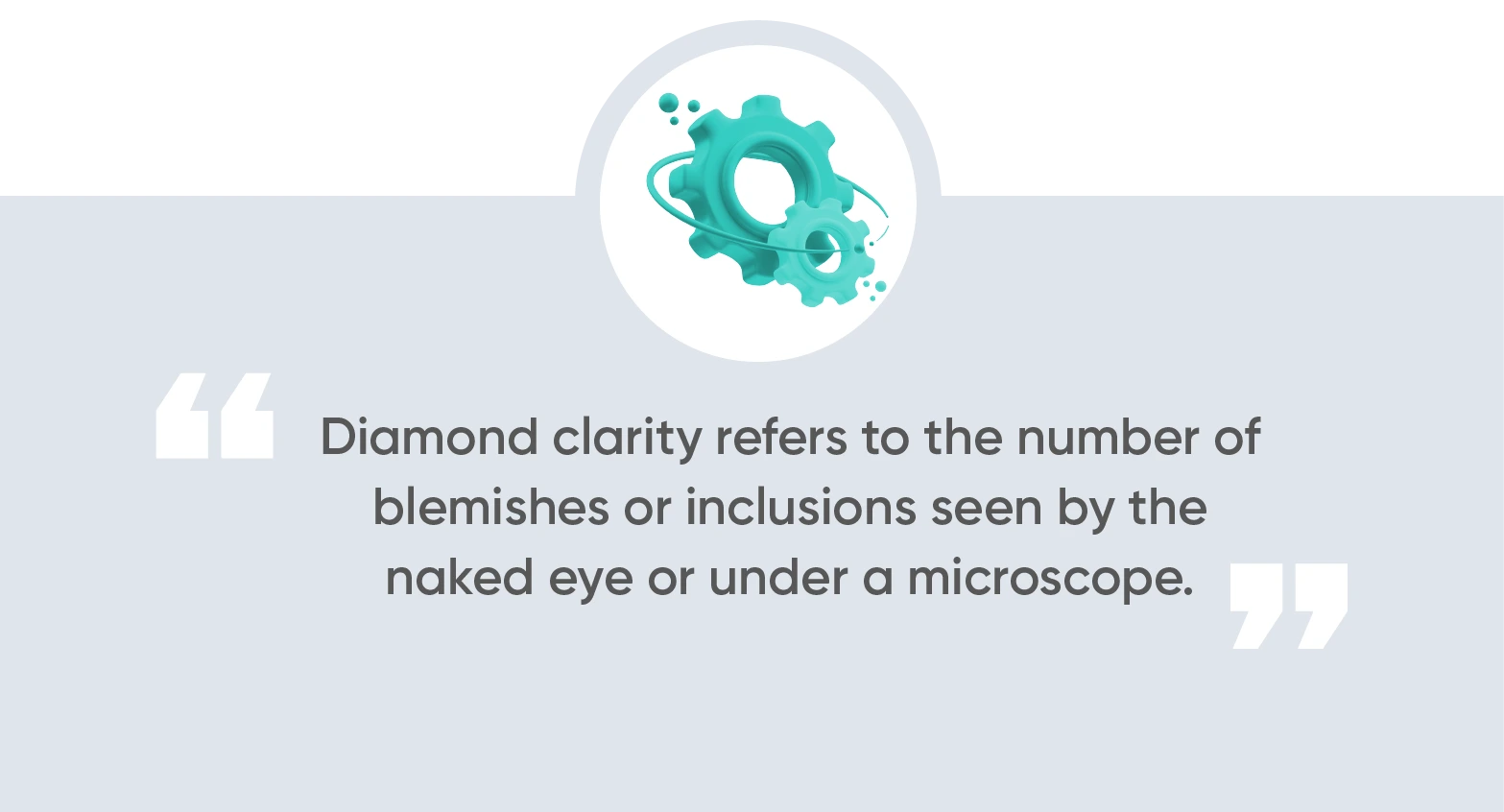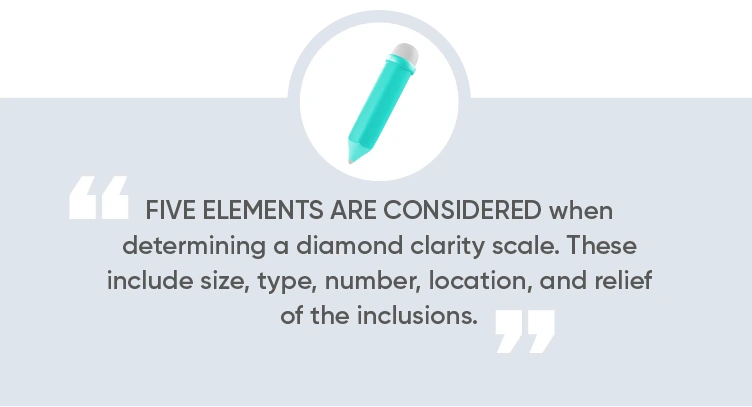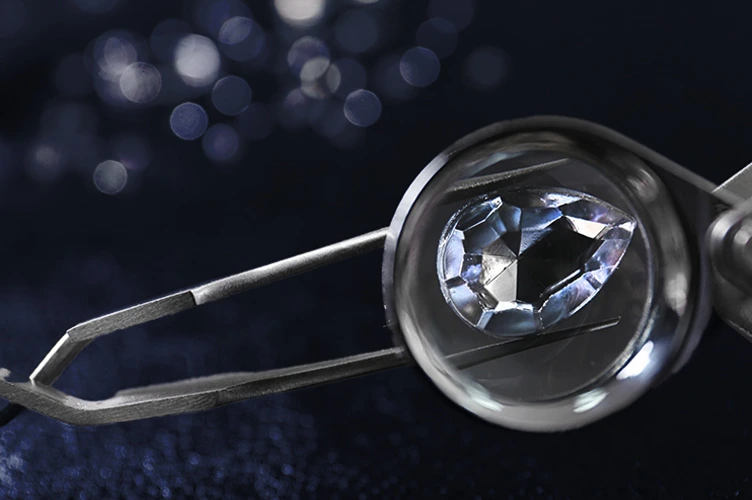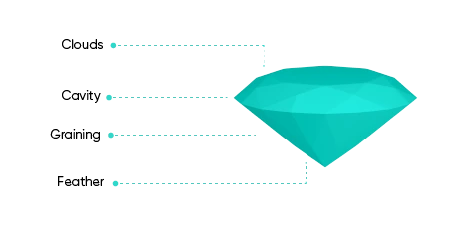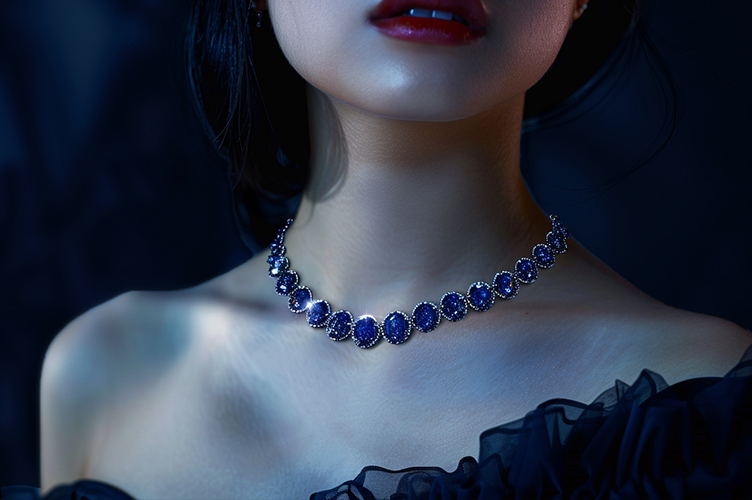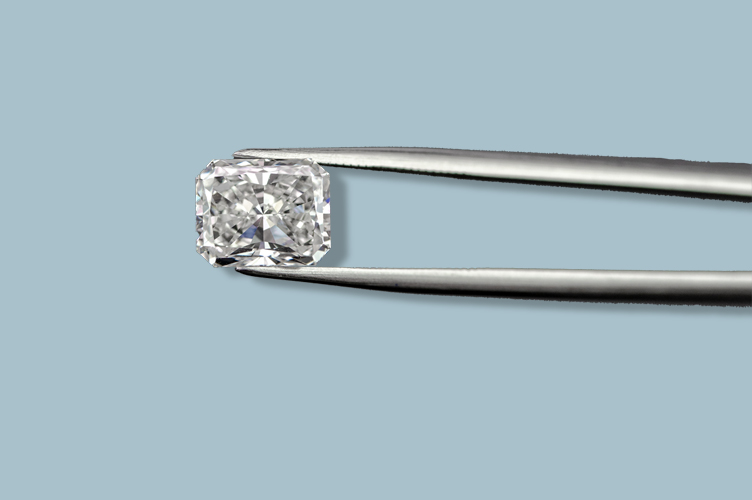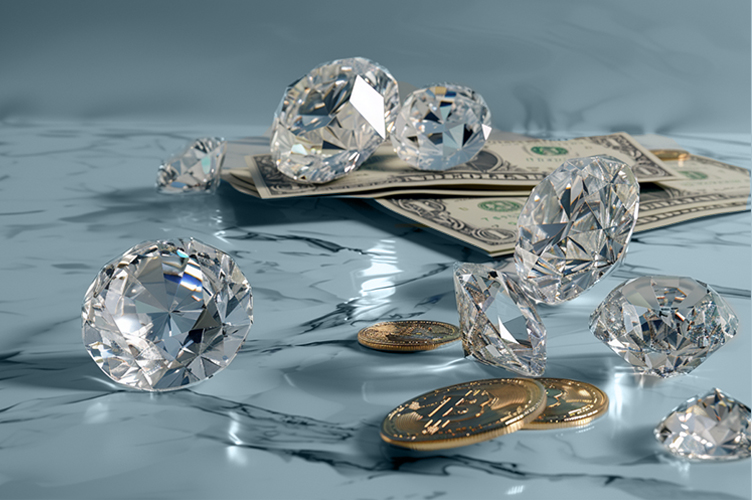When choosing an engagement ring, the carat size and cut of the diamond are often the main factors taken into consideration. However, there are two other C’s to consider: color and clarity.
If you’re in the market for a new piece of jewelry and want to better understand the different types of diamond clarity then you’re in the right place. In this guide, we’ll take a look at everything there is to know about diamond clarity and how to choose the best clarity grade for your needs.
What You Will Learn
What Is Diamond Clarity?
Clarity is one of the four C’s of diamond grading, along with cut, color, and carat weight.
Diamond clarity refers to the number of blemishes and inclusions (external or internal flaws) present in a diamond. While some inclusions are only visible under magnification, others are visible to the naked eye.
Diamond clarity ratings range from “Flawless” to “Included.” The higher the clarity grade, the fewer blemishes and inclusions the diamond contains and the higher the diamond quality.
How are Clarity Grades Determined?
When determining a diamond’s clarity grade, professional gemologists use various tools and techniques to examine the stone. They use 10x magnification to observe the diamond for inclusions, such as blemishes, cracks, cavities, and feathers. In addition, there are various methods, such as lighting tests and special optics, to assess diamond clarity.
Five elements are considered when determining a diamond clarity scale. These include size, type, number, location, and relief of the inclusions.
The GIA diamond clarity chart is considered the most reliable and accurate system for assessing the clarity of diamonds.
What is the Best Diamond Clarity Grade?
The GIA diamond clarity grading scale classifies diamonds into one of 11 different clarity grades, from Flawless (FL) to Included (I3). The scale bases grades on criteria such as the size and number of inclusions, their visibility, and location.
Here is a brief explanation of the different types of diamond clarity:
- Flawless: This grade means no inclusions or blemishes are visible under 10x magnification. Flawless is abbreviated as (FL).
- Internally Flawless: This type of clarity means there are no inclusions, but some minor blemishes are visible under 10x magnification. Internally Flawless is abbreviated as (IF).
- Very Very Slightly Included: With VVS1 and VVS2, small inclusions are present but are difficult to see, even under 10x magnification.
- Very Slightly Included: This type of clarity grade is known as VS1 and VS2 and signifies that there are inclusions present that are visible under 10x magnification.
- Slightly Included: This grade stands for noticeable inclusions visible under 10x magnification.
- Included: Lastly, the Included grade (I1, I2, and I3) means inclusions are visible without magnification.
The best diamond clarity is “Flawless” (FL), the highest clarity grade, meaning the diamond has no inclusions or blemishes visible to the naked eye, even when examined under 10x magnification. As a result, flawless diamonds are the rarest and most valuable clarity grade.
What Are Diamond Inclusions?
Diamond inclusions can come in many forms, including blemishes, fractures, clouds, and foreign materials. A diamond’s type and number of inclusions will affect its clarity grade.
Inclusions are considered “internal” or “external.” Internal inclusions are located within the diamond, while external inclusions sit on the surface of the diamond.
The location of the inclusions also impacts clarity grading, with centrally located inclusions reducing the grade the most.
Here are some examples:
- Clouds: This type of inclusion consists of clusters of very small pinpoints in a diamond, giving it a hazy look. If there are lots of large clouds in a diamond, it’s often known as a cloudy diamond.
- Cavity: Cavities present as surface cracks within the stone. Depending on the type of minerals present during the diamond growth process, these inclusions may be colorless or colored.
- Graining: This is an internal imperfection that occurs due to irregular diamond growth. It can cause white, colored, or reflective internal lines that make the stone appear somewhat hazy.
- Feather: These inclusions are cracks that appear feathery when observed from certain angles.
How to Choose the Right Clarity Grade
When buying a diamond, it’s essential to pay attention to the clarity characteristics. There are several factors to consider:
- Think about the purpose of the diamond. If it’s for an engagement ring or another frequently worn piece of jewelry, you may prefer a higher diamond clarity grade.
- Consider your budget. Clarity grades increase a diamond’s price as they get higher, so if you’re working with a limited budget, you may need to go with a diamond with a lower clarity grade.
It’s important to remember that the clarity grade is not the only factor that determines a diamond’s brilliance. If the diamond is well-cut and has good color, it can still be beautiful.
Protect Your Investment
Hopefully, this guide has helped you better understand the types of clarity diamond jewelry offers and how the grading is determined.
At BriteCo we provide comprehensive and affordable jewelry insurance. Our policies include protection against loss, theft, and damage anywhere in the world, so you can rest assured that your rare diamond is protected and in good hands.
If you’re interested in receiving further information about our policies, you can get in touch with us via the contact form below or use our online tool to get a speedy quote.
FAQs
What does diamond clarity affect?
A diamond’s clarity grade will ultimately affect how the stone sparkles and looks. The fewer inclusions a diamond has, the brighter it will sparkle and shine when placed under light.
What are internally flawless diamonds?
Internally Flawless diamonds are stones that have no inclusions. These gems may, though, still have smaller, surface-level blemishes that are polished away.
How does diamond clarity affect the price?
Diamonds with higher clarity grades and fewer flaws are usually more expensive than those with lower clarity grades.


